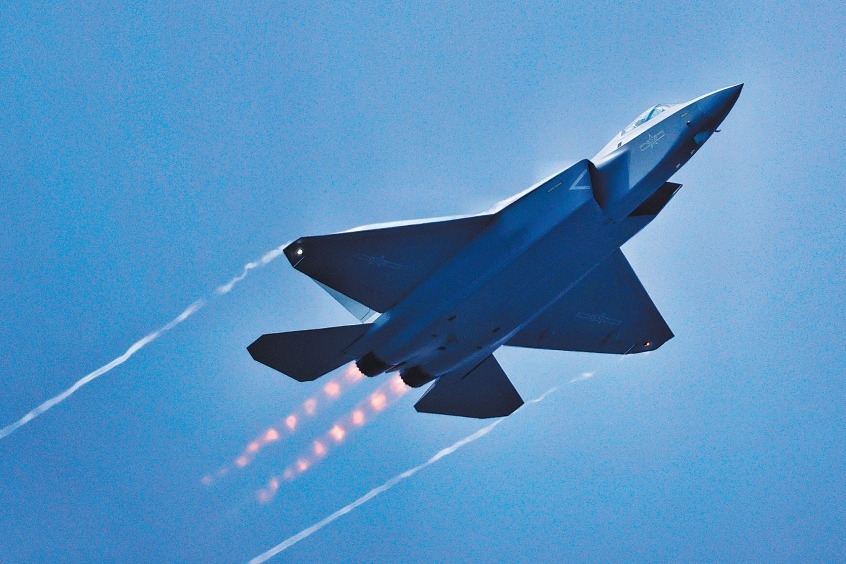Infected peers spotted in photos
China Daily | Updated: 2018-01-04 14:59
PARIS - Human beings can spot a sick person, on a photo, a mere two hours after he or she was infected by a germ, researchers said on Wednesday.
Such an ability to detect infection early, and from the subtlest of facial clues, has never been demonstrated before, but is presumed to be part of a crucial survival skill called "disease avoidance", they said.
"An ability to detect sick people would allow people to avoid being close to sick people, and hence minimize the risk of becoming sick if the person is a carrier of contagious disease," said study co-author John Axelsson of Stockholm University.
The research team experimented with 16 healthy volunteers, all Caucasian.
Each was given a shot of lipopolysaccharides, or LPS - molecules taken from bacteria.
The LPS molecules are sterile, meaning that no live bacteria is injected. But they cause a strong immune response and flu-like symptoms that lasts a few hours - mimicking someone who is "acutely sick" and fighting off infection.
It is a method commonly used to cause infections in humans and people for experimentation purposes.
On a second occasion, each participant received a placebo or "dummy" injection.
The volunteers had their photo taken about two hours after each shot - thus once in a healthy state after receiving the placebo, and once "sick".
After the LPS shot, some of the participants "felt very sick and others did not feel much sick at all" when their photo was taken, Axelsson said.
Both pictures, healthy and sick, of all participants were then showed to a different group of people, which had to rate whether the person was sick or healthy.
"The raters could correctly discriminate 13 out of 16 individuals (81 percent) as being sick," said the study published in the journal Proceedings of the Royal Society B.
This was at a rate higher than predicted by pure chance alone.
The finding could "help medical doctors and computer software to better detect sick people," said Axelsson - a potentially valuable diagnostic tool in a disease outbreak.
Agence France - presse
























